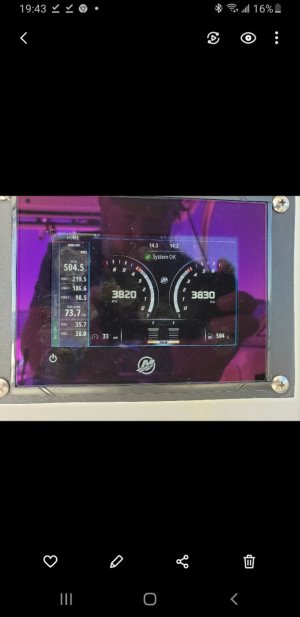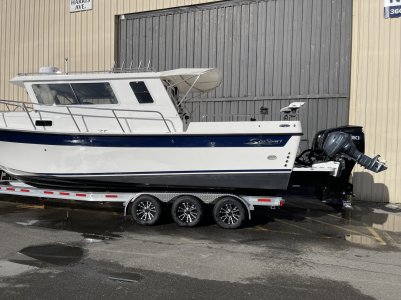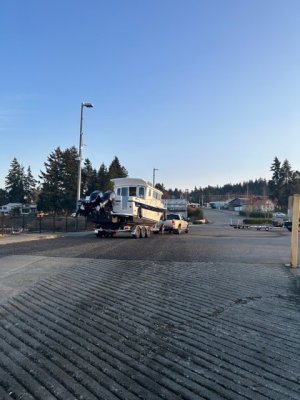Squire
Well-Known Member
I agree that there are other factors like tide/current and wind that create a gap between SOG and SOW when discussing marine travel. I was just demonstrating that in my case, 9 gph and 11 gph could be shown to be equal in efficiency of fuel burn by expressing it in mpg.MpG is maybe useful for some however it's not an accurate representation for a marine traveling vessel for several reasons. It's not used and will make things more complicated.
That's really good numbers with a 25ft boat with a single 300. I'd say you'll never do better than that.
I am very happy with my numbers but I am in a much smaller boat than the ones discussed on this thread. My numbers for my single F300 are useful for comparison with twins though. Your example of 10-11 gph at cruising speed (3800-4200 rpm) is pretty much bang on for a 300 hp outboard motor. So when conditions have me getting 2.6-2.8 mpg, at 11 gph a boat about twice the size with twins is burning that same amount of fuel per engine or 1.3-1.4 mpg and 22 gph combined.




